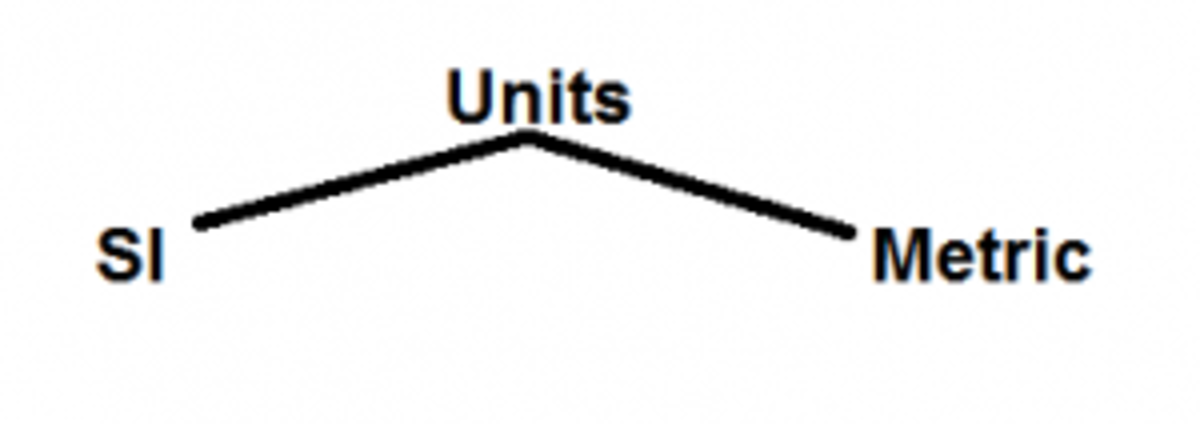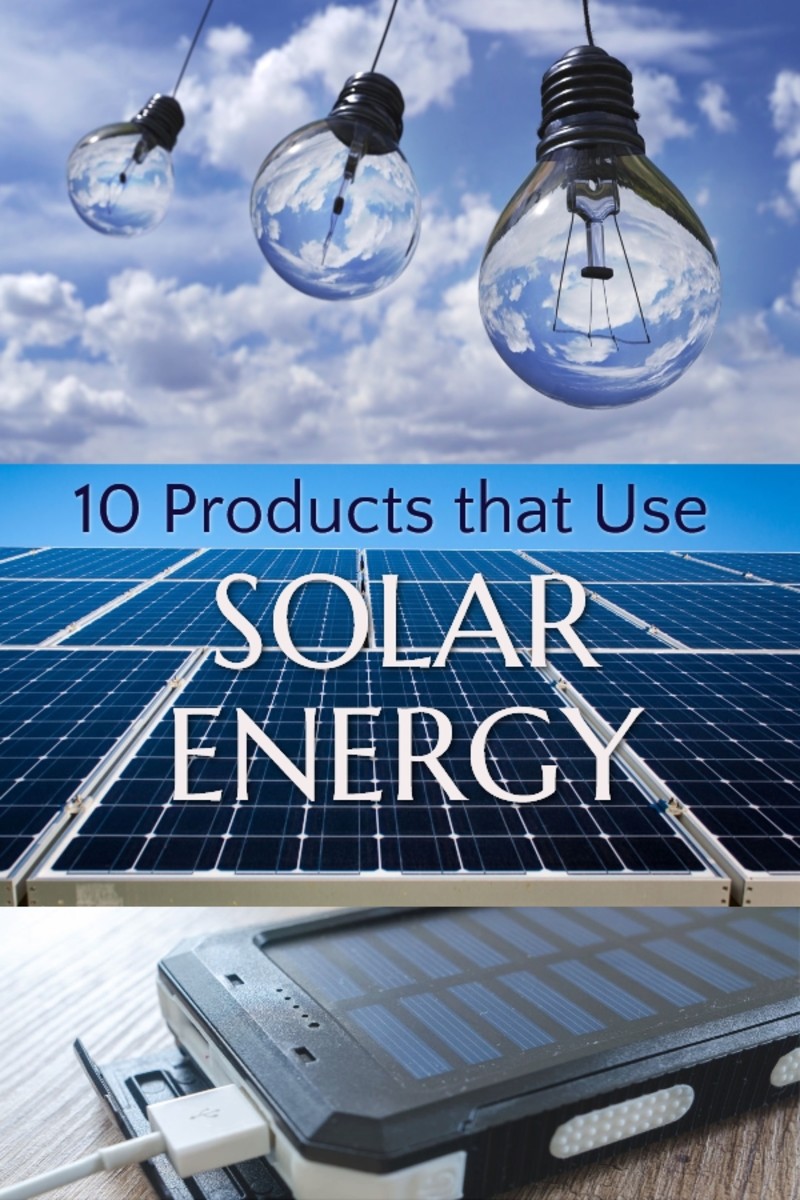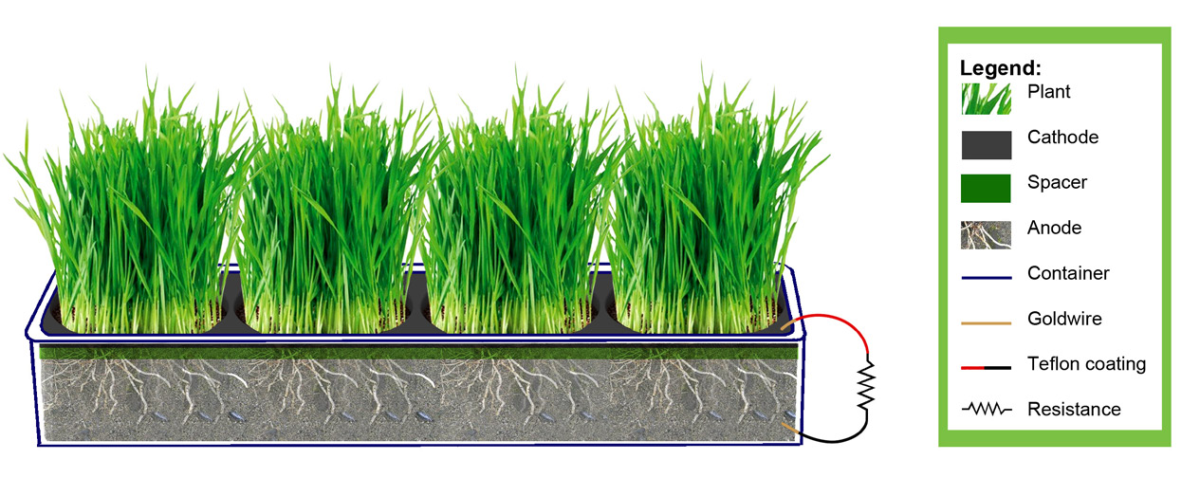Energy Density Comparison
Almost always, people misunderstand the notions of energy density. For example, people often ask me why cars still use gasoline and not lithium ion batteries for example. The answer to this is straightforward. Batteries simply don't have the energy density of gasoline. They're not even close. To carry enough batteries on board the vehicle, to obtain the same range of driving as a conventional gasoline car, would take up too much space and weigh so much that it would be completely impractical, let alone the extreme cost of tens of thousands of dollars for the initial investment.
Units of Measurement
There are in fact different ways of calculating energy density, which
often is a source of confusion. The units of measurement must be
paid attention to. Joules per kilogram (J/kg), is a fairly common unit.
But so are Joules / Liter and KWh / gallon. Always look for the units. If they're not explicitly defined, look for reason to believe that a certain system of units is preferred.

The Energy in a Pound of Human Fat
A pound of fat is roughly 3500 Calories. Dieters and exercisers often know this relationship. For every 3500 Calories burned from running (about 23 miles), one pound of fat is consumed. Where does the fat go? Through your sweat? Think again.
The act of running increases your metabolism. The human body is like a car, to perform faster requires more fuel. To burn more fuel requires more air intake (oxygen). Here's a hint. What happens to the gasoline after it's burned? It is exhausted in the form of carbon dioxide, water, and a whole mess of other chemicals out of the exhaust pipe. And what is the human analog of an exhaust pipe?.... think higher. It's your mouth. Every breath you exhale takes a bit of burned fat vapors along with it. This is why you breathe harder when you run faster.
The energy density of a pound of fat can be stated as 3,500 Calories / Pound. However it would be more useful to engineers in the SI form J / kg, which translates to 14,664,000 J / kg, or 14.664 MJ / kg (that's mega Joules).
Let's compare this with gasoline, which is 44.4 MJ / kg, meaning gasoline is about 3 times more energy dense, per mass, than human fat. That's not bad! Plus fat serves other functions like keeping us warm and providing structure to cells, and all kinds of stuff. Gasoline would not serve us well here, but... if we COULD drink gasoline instead of eating food, we'd only have to drink about a fifth-gallon a day (assuming a 2,000 Calorie per day diet). This would be far cheaper than food, yet we complain about gasoline prices.
So, is there anything better than gasoline?
Comparison of Energy Densities
Material
| MJ / kg
| |
|---|---|---|
Clock spring (steel)
| 0.0003
| |
Capacitor
| 0.002
| |
Car battery (lead acid)
| 0.14
| |
AA battery
| 0.13
| |
Battery, nickel metal hydride (NiMH)
| 0.25
| |
Flywheel (rotating mass)
| 0.36 - 0.5
| |
Lithium Ion Battery
| 0.46 - 0.72
| |
Molecular spring (torsion of molecules)
| 1
| |
Ammonium nitrate (as monopropellant)
| 1.4
| |
Lithium Ion Nanowire Battery
| 2.54
| |
TNT
| 4.61
| |
Nitroglycerine
| 6.38
| |
Mass in low earth orbit
| 33
| |
Pure uranium
| 88250000
| |
Deuterium-tritium fusion
| 576000000
| |
Antimatter
| 89,876,000,000
|
For convenience, all of the following energy densities are expressed in MJ / kg.
Analysis
According to this chart, taken and reduced from Wikipedia, gasoline is more energy dense than TNT and nitroglycerine, yet we think of these substances as being very powerful. Well, that's true, they are powerful. They can put out all of this energy is extremely short amounts of times, therefore they make better explosives than gasoline does.
Only the nuclear reactions can provide unimaginably high amounts of energy. A uranium fission reactor produces 2005682 times more energy per kilogram than gasoline. This means a gas tank filled with uranium would power your car for about 601,704,545 miles or about 1,000 trips to the moon and back.
Antimatter, on the other hand, a thousand times farther. It's the kind of energy necessary to power ion engines to reach nearly the speed of light.
Since antimatter is very rare in nature, and it takes energy to make it in the laboratory, it's only function to humanity will serve as the ultimate energy storage device. Not as a fuel it itself.





